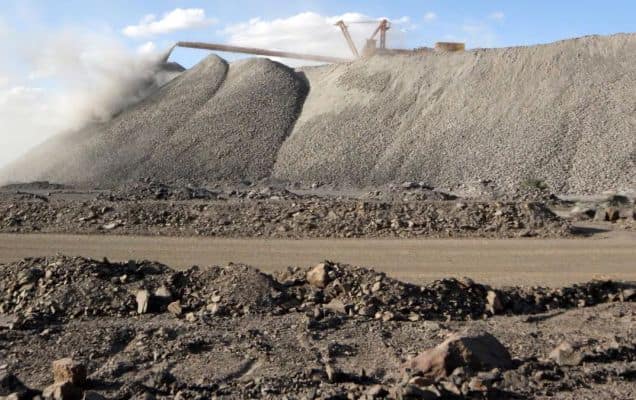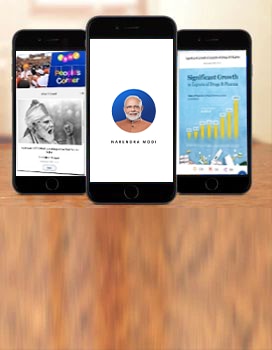
When I was a student I really loved celebrating Teacher’s Day. Students were given a chance to become teachers for a single day. I rehearsed with my friends for weeks to perform as a teacher on this day. We observed our teachers and their way of teaching. I remember those days which gave us an opportunity for self-learning. This chance observance gave us an insight into building our future lives.
After becoming the chief minister, I had two desires: one was despite the passage of time I could not meet my childhood friends and bring them together and interact with them. Thirty-five years had elapsed when I had last seen my childhood friends. Then I searched for my friends through relatives. And luckily some 25 friends I located and I contacted them and called them to my house. Their physical appearance had radically changed. Yet it was an enjoyable tete-e-tete. Even in my personal life it turned out to be a helpful meeting. By mingling with them the post of CM and being a chief minister got dissolved from my subconscious. It was as if my happier moments had changed the world into a sanskar yagna. I felt happy and thought why not remain ever as I was during my childhood happy and carefree as I am now with my friends. I also realized to be alert in not becoming more equal than my friends with the recurring thought of holding a CM’s post.
The second strong desire I had after becoming the chief minister was to call all my teachers to my home and show my love to them and acknowledge their contribution in shaping my life.
I got that chance on November 17, 2005 during my book ‘Kelave te Kelavani’release function where I called all my teachers. I publicly bowed to them in deference for being my tutors once. It was a solemn occasion that filled my heart with happiness.
On this function a 90-year-old teacher of mine along with over 35 others gave me their blessings which deeply touched me. All of them had contributed in some way or the other in building my life. It was an occasion to cherish and reminisce the journey back to my student days.
The release of the book “Kelave te Kelavani” on November 27, 2005
The book is also available in the e-book format in different languages. You can read them at the following links:
The Yoga of Education (English), Kelave te Kelavani (Gujarati), Kelave te Kelavani (Tamil)
I am sure the teaching fraternity and public at large would be interested in knowing what is happening in Gujarat in the field of education. In the past decade, many new initiatives have been introduced and newer heights have been scaled in this regard.
Our prime focus was on hundred percent enrollment of children, girls in particular. Hence, every year in June since 2003-04 the government has been organizing Shala Pravesh Utsavs (School Enrollment) and Kanya Kelavani (Girl Child Enrollment) drives to provide a fillip to education in the state. During these enrollment drives, all arms of the government visited different schools across various talukas of the state.
Since primary education provides the foundation in enhancing quality, in 2009, we also launched “Gunotsav” as a quality evaluation drive for primary teachers in the state whereby the performance of the schools are evaluated, with an aim to evaluate the primary education scenario and grade school teachers accordingly. Special focus was also laid on improving the infrastructure in schools and providing human resources. Gujarat has taken great strides not only in primary education but also in higher and professional education. Though a discussion at length is not possible in a blog, I would like to give you a glimpse of the initiatives and their outcomes below:
* Literacy rate has risen from 69.14% in 2001 to 79.31% in 2011, an increase of 10.17%

* Female literacy rate has risen from 57.80% in 2001 to 70.73% in 2011, an increase of about 13%

Drop Out Rate has decreased remarkably among students of 1st to 5th standard from 20.93% in 2000-01 to a meagre 2.09% in 2010

- During the past nine years, 1.2 lakh teaching staff has been recruited to help realize the state’s dream of inclusive education and 13,000 more are to be recruited this week. Also, over 10,000 teaching assistants have been recruited since the inclusion of Standard 8 under primary education
- Kanya Kelavani Rath Yatra and Shala Pravesh Utsavs have helped achieve nearly cent per cent enrollment of children of admissible age in the state
- 64,000 new classrooms and over 43,500 additional sanitation blocks have been built
- Remarkable growth registered by all tribal districts in female literacy indicators
- Also, a prima facie inference is that a very large proportion of children born after 2001 are becoming literates.
- Nearly 65,000 seats have been added in professional Engineering Courses
Number of Universities in Gujarat have risen from 11 in 2001 to 39 in 2011 giving a boost to higher and professional education

- Numerous specialized universities such as Raksha Shakti University, Children’s University, Forensic Science University, National Law University, Teacher’s University (Indian Institute of Teacher’s Education), Pandit Deendayal Petroleum University, Sports University, etc. have also been set up in recent years
Dear Readers, with the invitation from the Times of India I got a chance to come close to you. I am grateful to TOI. Let us now and then share our time with small talk. When the country is celebrating the Teacher’s Day, there is an urgent need for our coming generation to switch to learning mode from the teaching mode.
Dr Radhakrishnan had remarked about Teachers’ Day: Instead of celebrating my birthday separately it would be my proud privilege if SEPTEMBER 5 is celebrated as Teachers’ Day, honoring the efforts put by teachers across the country.
On this happy occasion of Teacher’s Day I also wish you all a happy Ganesh Chaturthi, Ramzan Id and Paryushan.
In Jain tradition there is a custom to say “Michhami Dukkadam” during the Paryushan festival. Michhami Dukkadam means I ask forgiveness for any hurt I may have caused you by thoughts, words or actions, knowingly or unknowingly. Michhami Dukkadam.
Michhami Dukkadam to you all.
Friends I keep in touch with you through the internet ― Facebook, Twitter, Blog. You can also interact with me at: Interact
The Original Article at TIMES OF INDIA




























